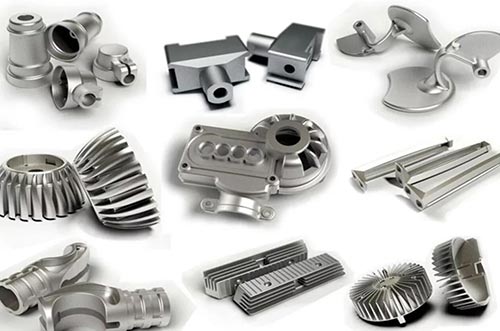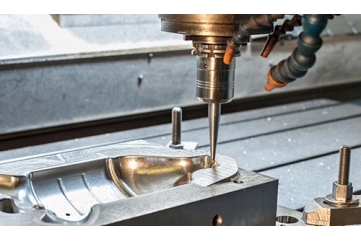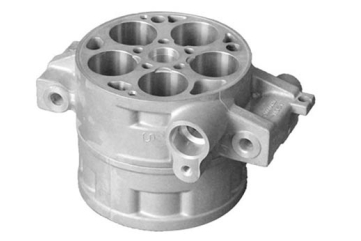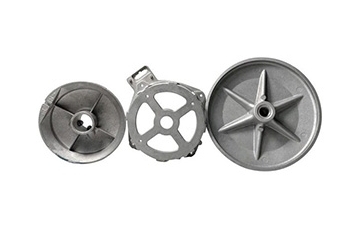What is the difference between die cast aluminum and cast aluminum?
Die cast aluminum and cast aluminum are two different methods of manufacturing aluminum parts, and they have distinct characteristics:
Die Cast Aluminum
1. Process: Die casting involves forcing molten aluminum into a mold cavity under high pressure. The mold is usually made from steel or other durable materials.
2. Precision: Die casting is known for producing parts with high dimensional accuracy and a smooth surface finish. It’s ideal for complex shapes and tight tolerances.
3. Production Volume: This method is cost-effective for high-volume production due to its efficiency and the durability of the molds.
4. Applications: Commonly used in automotive, aerospace, and electronics industries where precision and complexity are required.

Cast Aluminum
1. Process: Casting aluminum generally refers to a broader range of techniques where molten aluminum is poured into a mold by gravity or other means. Common casting methods include sand casting, shell casting, and investment casting.
2. Precision: The precision of cast aluminum parts can vary depending on the casting method. Sand casting, for example, may not be as precise as die casting and might require additional finishing work.
3. Production Volume: Casting methods like sand casting are more versatile and can be used for both low and high-volume production, but they may not be as efficient as die casting for very large quantities.
4. Applications: Used in a variety of industries for parts that don’t require the high precision of die casting or where the complexity of the part doesn’t justify the cost of die casting.
In summary, die casting is a more specialized and precise method suited for high-volume production of complex parts, while cast aluminum encompasses a range of methods suitable for varying levels of precision and production volumes.




